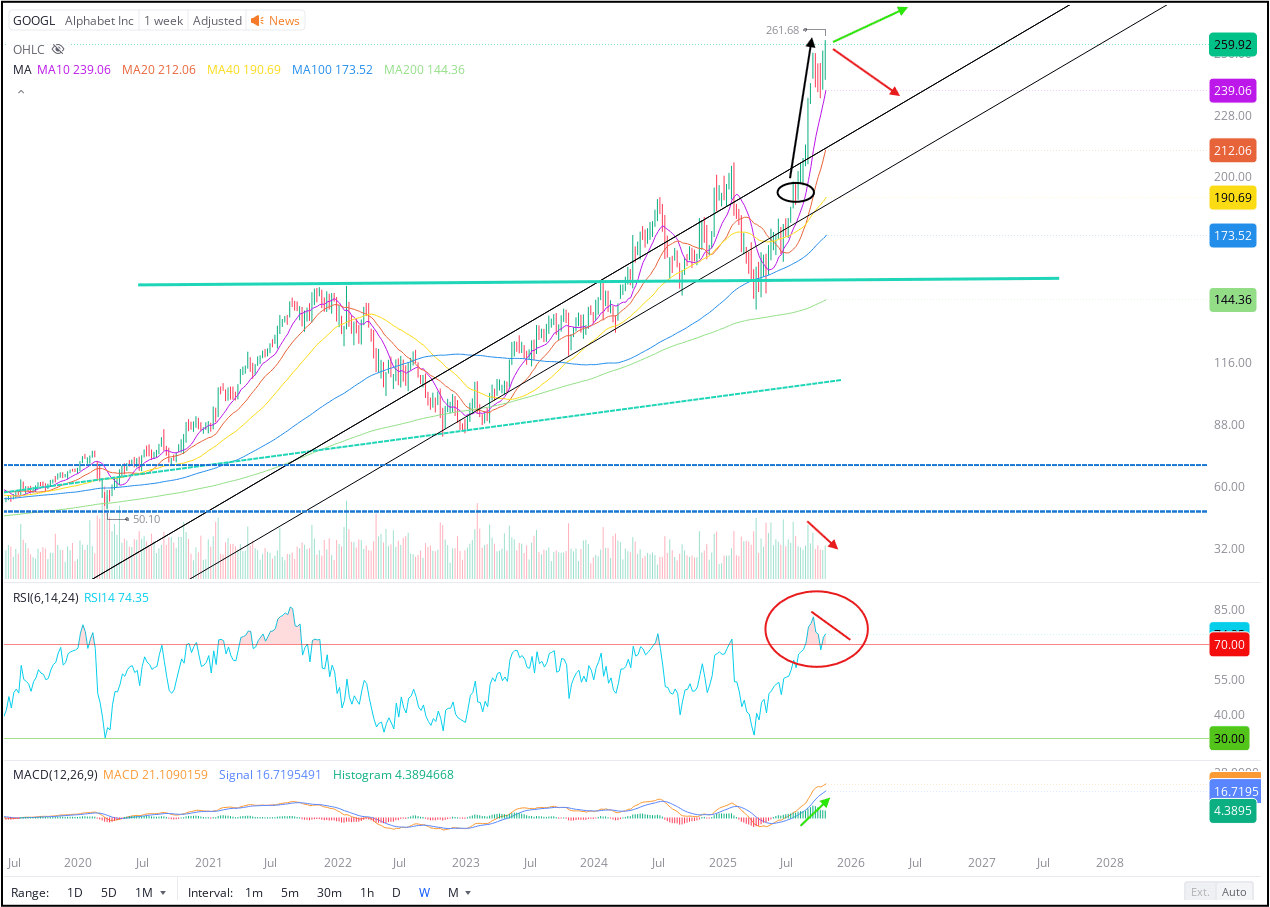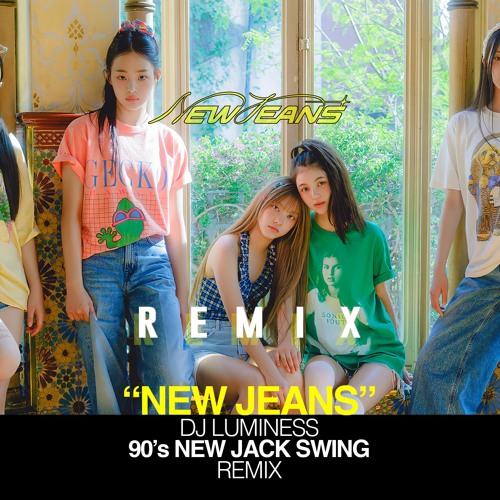
Introduction
TikTok, a social media platform that has taken the world by storm, was created in September 2016 by the Chinese tech company ByteDance. It allows users to create, share, and discover short videos set to music or audio clips. With over a billion active users globally, TikTok has not only changed how people engage with content but has also had a profound impact on various sectors such as marketing, entertainment, and culture. Understanding the creation and growth of TikTok provides insight into its relevance in today’s digital landscape.
The Birth and Rise of TikTok
TikTok was initially launched as Douyin in China, where it quickly gained popularity. In 2017, ByteDance merged Douyin with another service called Musically to create a version suitable for international audiences, which was branded as TikTok. The app’s format encourages creativity and spontaneity, allowing users to produce content with just a few taps on their devices. Features such as filters, special effects, and easy editing tools make it accessible to a wide audience, fostering a culture of user-generated content.
Recent Developments and Features
In response to growing competition and user demands, TikTok has consistently rolled out new features. The launch of TikTok LIVE, allowing users to broadcast live videos, and TikTok for Business, a platform tailored for advertisers, showcases the app’s evolution. Furthermore, TikTok has introduced algorithmic enhancements that deliver a personalised feed, keeping users engaged longer and establishing a unique viewing experience that rivals other social media platforms.
Cultural Impact and Trends
TikTok has influenced global trends, from viral dance challenges to spreading awareness on social issues. Brands have also recognised its potential, leveraging influencers and engaging with younger audiences in innovative ways. As the platform continues to evolve, it remains a significant player in shaping cultural movements and user interaction. Many artists have leveraged TikTok to launch careers due to the app’s ability to catapult songs into the charts almost overnight.
Conclusion
The creation of TikTok marks a pivotal moment in social media history, highlighting an essential shift towards short-form video content and interdisciplinary engagement. As it continues to expand its functionalities, the app is expected to wield significant influence over media consumption trends and marketing strategies. For users and brands alike, staying attuned to the developments on TikTok is vital to harness its potential effectively, ensuring one is not left behind in this fast-evolving digital world.
You may also like

Khaby Lame: From TikTok Star to Global Icon

Current Trends and Future Outlook for GOOG Stock
